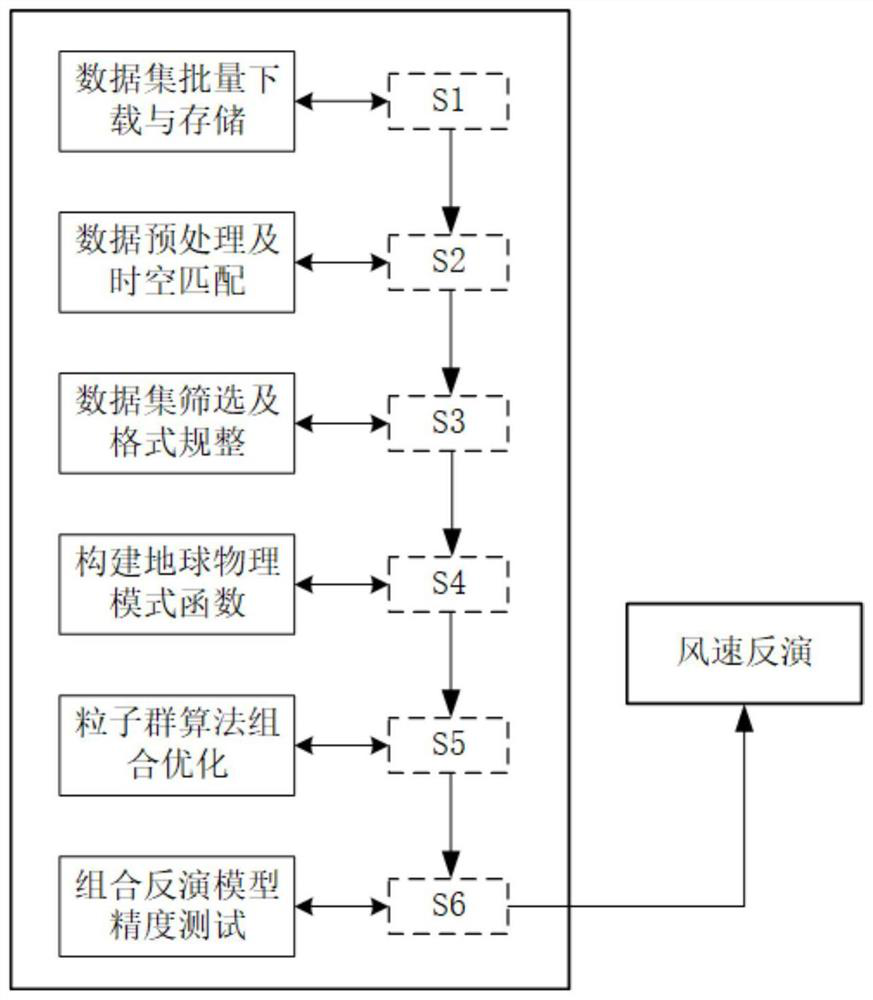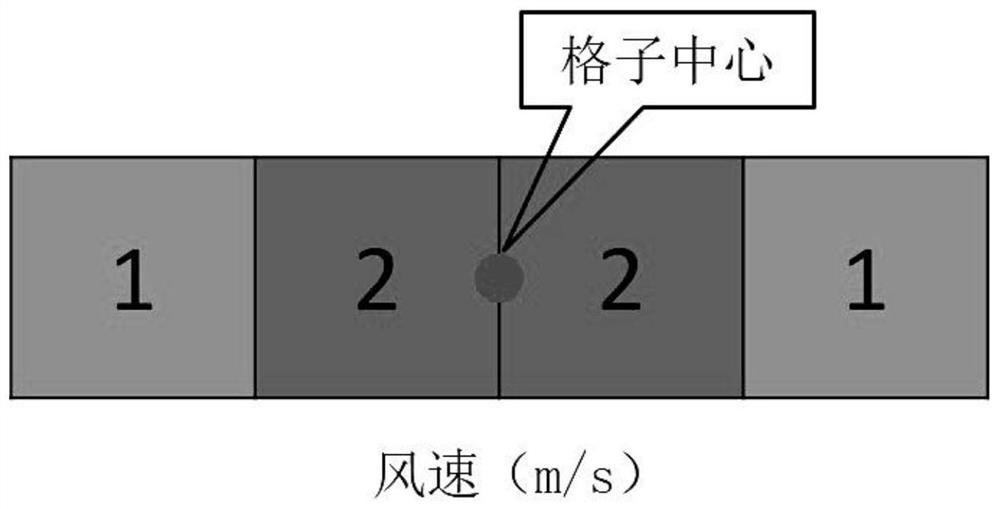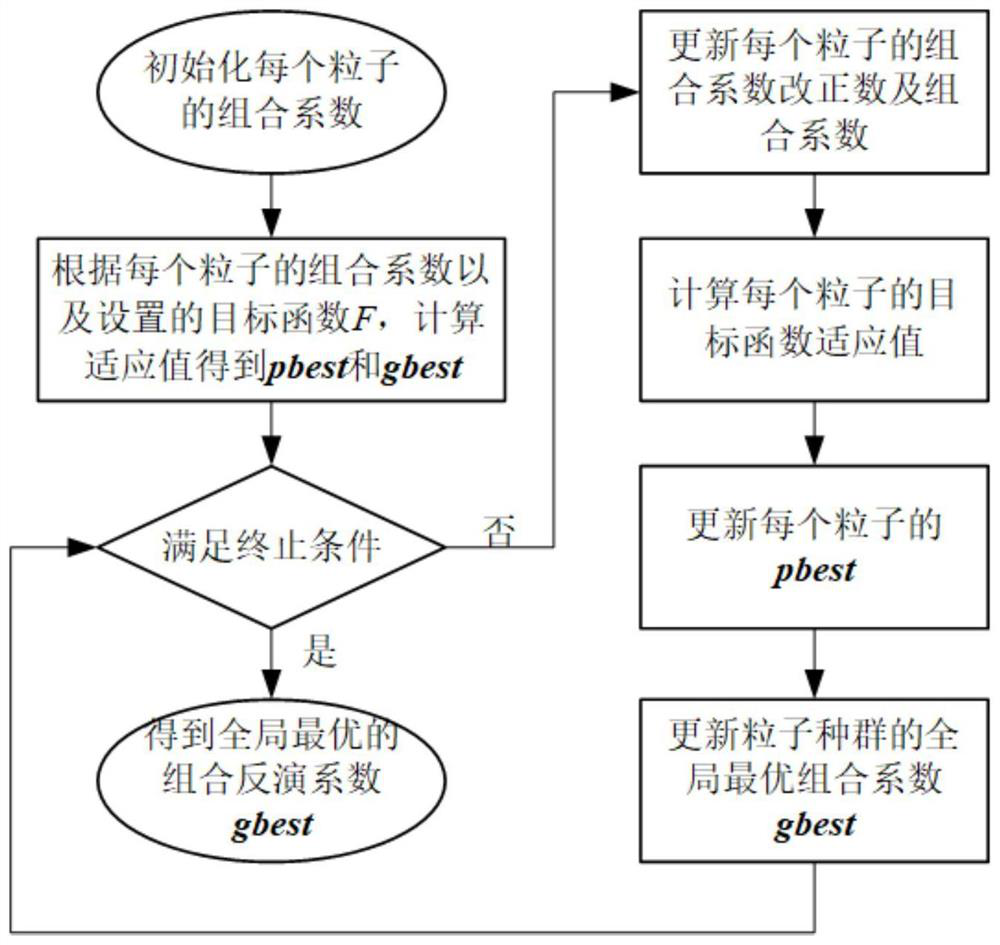GNSS-R sea surface wind speed inversion method and system based on particle swarm algorithm
A particle swarm algorithm and wind speed inversion technology, which is applied in the fields of electronics, information and atmospheric science, can solve the problems of small inversion accuracy of wind speed, large amount of calculation, complex waveform simulation, etc., to achieve improved inversion accuracy, simple model, The effect of simple structure
- Summary
- Abstract
- Description
- Claims
- Application Information
AI Technical Summary
Problems solved by technology
Method used
Image
Examples
Embodiment 1
[0064] Embodiment 1 of the present invention provides a kind of GNSS-R sea surface wind speed inversion method based on particle swarm algorithm, mainly comprises the following steps:
[0065] The first step is to download and save the dataset. Batch download the GNSS-R data and wind speed data of the specified date and save them in the specified database;
[0066] The second step is data preprocessing and data set matching. Preprocess the wind speed data set, and interpolate and match the CYGNSS data (CYGNSS data is a kind of satellite-borne GNSS-R data) and wind speed data according to space and time;
[0067] In the third step, the experimental data set is generated. According to the preset data filtering conditions, the matching data set is screened and formatted, and then the training set and the test set are divided according to a certain proportion;
[0068] The fourth step is to train the wind speed inversion model. Construct the DDM eigenvalue, the signal incidenc...
Embodiment 2
[0116] In another embodiment 2 of the present invention, a kind of GNSS-R sea surface wind speed retrieval system based on particle swarm algorithm is also provided, specifically comprising:
[0117] The data download and storage module is used to download GNSS-R data and wind speed data and store them in the storage medium;
[0118] The data preprocessing module is used to preprocess the data and perform spatiotemporal matching on the two data sets;
[0119] The data set generation module is used to screen and quality control the matched data sets, integrate data formats, and divide training sets and test sets;
[0120] The inversion model generation module is used to construct a single eigenvalue geophysical model function, complete the single eigenvalue inversion, and then use the particle swarm algorithm to optimize the combination of the single eigenvalue inversion results to obtain the optimal combination coefficient, and then pass the test The feasibility of the model ...
PUM
 Login to View More
Login to View More Abstract
Description
Claims
Application Information
 Login to View More
Login to View More - Generate Ideas
- Intellectual Property
- Life Sciences
- Materials
- Tech Scout
- Unparalleled Data Quality
- Higher Quality Content
- 60% Fewer Hallucinations
Browse by: Latest US Patents, China's latest patents, Technical Efficacy Thesaurus, Application Domain, Technology Topic, Popular Technical Reports.
© 2025 PatSnap. All rights reserved.Legal|Privacy policy|Modern Slavery Act Transparency Statement|Sitemap|About US| Contact US: help@patsnap.com



